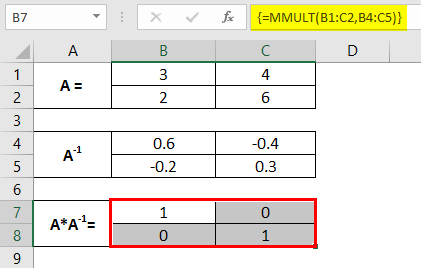
- HGET AN ANSWER FOR MATRIXS IN EXCEL USING MAC FULL
- HGET AN ANSWER FOR MATRIXS IN EXCEL USING MAC PLUS
If you’re working with the example data, the Preview window now looks like this: If you have more than two queries, go ahead and expand those columns too. The list of possible combinations now appears in the Power Query window.Uncheck the Use original column name as prefix option Select only the column with the data we wish to retain (i.e., in our example, uncheck the Temp column)

Click the Expand button in the column header.To create the list of all possible combinations: Your Power Query window will look similar to this. Now merge any additional tables into the existing merged table.
HGET AN ANSWER FOR MATRIXS IN EXCEL USING MAC FULL
Set the Join Kind to be Full Outer (all rows from both) Select two separate lists in each section.Ĭlick the Temp column (or whatever name you chose) in both lists.
HGET AN ANSWER FOR MATRIXS IN EXCEL USING MAC PLUS
Then you’ll be able to work along with examples and see the solution in action, plus the file will be useful for future reference.ĭownload the file: 0049 List all possible combinations.zip I recommend you download the example file for this post. They each teach us different things about Power Query, so it’s worth working through both and understanding the differences. In this post, there are two solutions presented. Let’s dig into Power Query to see how we can solve this problem. We’ll need to get a little more involved. Sounds simple, right? There must be a single function in Excel or Power Query that will generate that… right?Įr, actually… No. The question might come in a simple form, such as: “How can we get a complete list of all General Ledger and Cost Centre combinations?”. Imagine a scenario where you have two or more lists in Excel and want to create a single table of all possible combinations.


 0 kommentar(er)
0 kommentar(er)
